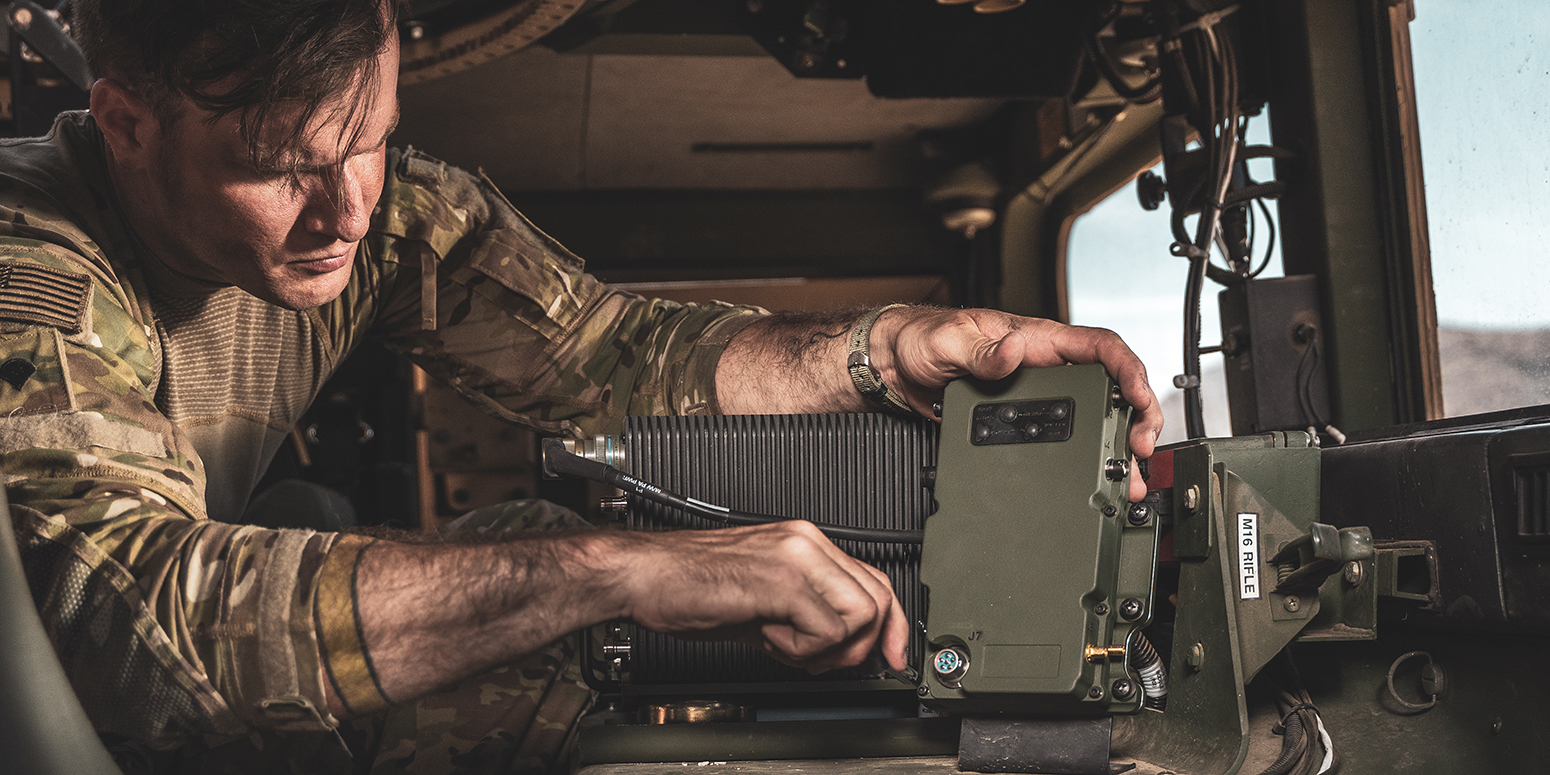
Adversaries or other circumstances can disrupt the availability of space-based Positioning, Navigation, and Timing (PNT) in contested military areas and globally. To address challenges, joint and allied forces need alternative sources of accurate and reliable PNT information to ensure continuous availability.
Joint and allied forces have traditionally planned, procured, trained, and conducted operations with the expectation of always having access to accurate and reliable PNT. Continuous access to GPS signals is crucial for real-time battlespace awareness, command and control synchronization, and various precision operations such as target location, weapon delivery, and logistical support.
Most modern electronics require synchronized timestamps to function correctly. The loss of time synchronization can lead to a loss of computing power, which directly impacts the ability to provide timely command and control (C2) to forces in the field.
The U.S. Army recognizes the dependency on GPS signals for PNT and has implemented measures to protect it. However, in today’s threat environments in Europe, the Indo-Pacific, and the Middle East, Military-code or M-code, is increasingly exposed to advanced electronic warfare. As the Joint Force faces future challenges, it must seek alternative sources of accurate PNT information to ensure continuous availability.
APNT to Depend On
Through the Army’s Mounted Assured Positioning, Navigation, and Timing program of record called MAPS Gen II, soldiers, Marines and allied forces have a fielded system they can depend upon to provide an authoritative and reliable source of truth for positioning, navigation, and timing. MAPS Gen II augments M-Code with a variety of alternate sources of navigation data and signals of opportunity, all brought together by a multi-source sensor fusion engine.
Collins Aerospace, an RTX business, has delivered MAPS Gen II systems to the U.S. Army and U.S. Marines and will continue deliveries under Full Rate Production.
“In addition to secure M-Code GPS, Collins has built a system with multiple layers of redundant protection against jamming and spoofing,” said Sandy Brown, vice president and general manager for Resilient Navigation Solutions, Collins Aerospace, an RTX business. “An Assured PNT system with several layers of redundancy will ensure the operator maintains access to trusted PNT in the most contested environments.”
“For communication and networked systems, military operators ensure they have a primary, alternate, contingency, emergency plan for all contingencies they may encounter on a mission. Why should they not expect the same from their PNT system?” she added.
MAPS Gen II can defeat electronic warfare and other threats to PNT by replacing up to 12 legacy SAASM-based GPS receivers with multiple layers of redundancy to ensure that if one or more signals fail, there are alternate means of trusted PNT. It ingests navigation data from multiple sensors, including low Earth orbit-constellations and non-RF-based sensors. The embedded NavFusion engine blends those alternative signals together to deliver an accurate, non-RF based PNT solution with a high degree of accuracy, even when M-Code is unavailable.
“When you consider the threats against the Army and allies by combat vehicles, weapon systems, and coastal vessels, extra protection is needed,” said Brown.
“The extra protection is made possible by advanced software that combines data from multiple sensors and a flexible system design. This setup allows MAPS Gen II to adapt to new sensing technologies as they develop, increasing our capabilities without needing to add more hardware to already crowded vehicles.”
Delivering more and faster
Increased capabilities, delivered faster, are essential for multi-domain operations (MDO) and Combined Joint All Domain Command and Control (CJADC2). Having access to Advanced Positioning, Navigation, and Timing is crucial for MDO, as it allows for better coordination between different services and partners, offering a joint warfighting environment across air, land, sea, space, and cyber domains.
MAPS Gen II is needed in front-line ground combat and command vehicles, as well as in other vehicles performing key missions like C2, maneuver logistics, air and missile defense, and artillery. MAPS Gen II ensures secure APNT and data sharing for CJADC2. For example, in island-hopping operations in the Indo-Pacific, frontline units act as forward scouts for naval forces essential to the fight. Without secure communication, they can’t give the Joint Force Land Component Commander (JFLCC) a clear picture of the enemy or accurate targeting information.
“MAPS GEN II is a significant advancement and force multiplier for soldiers, providing modern technology in an adaptable system that allows navigation anywhere, anytime,” said Brown. “Frontline units must have access to secure communications to send data back to their commanders.”